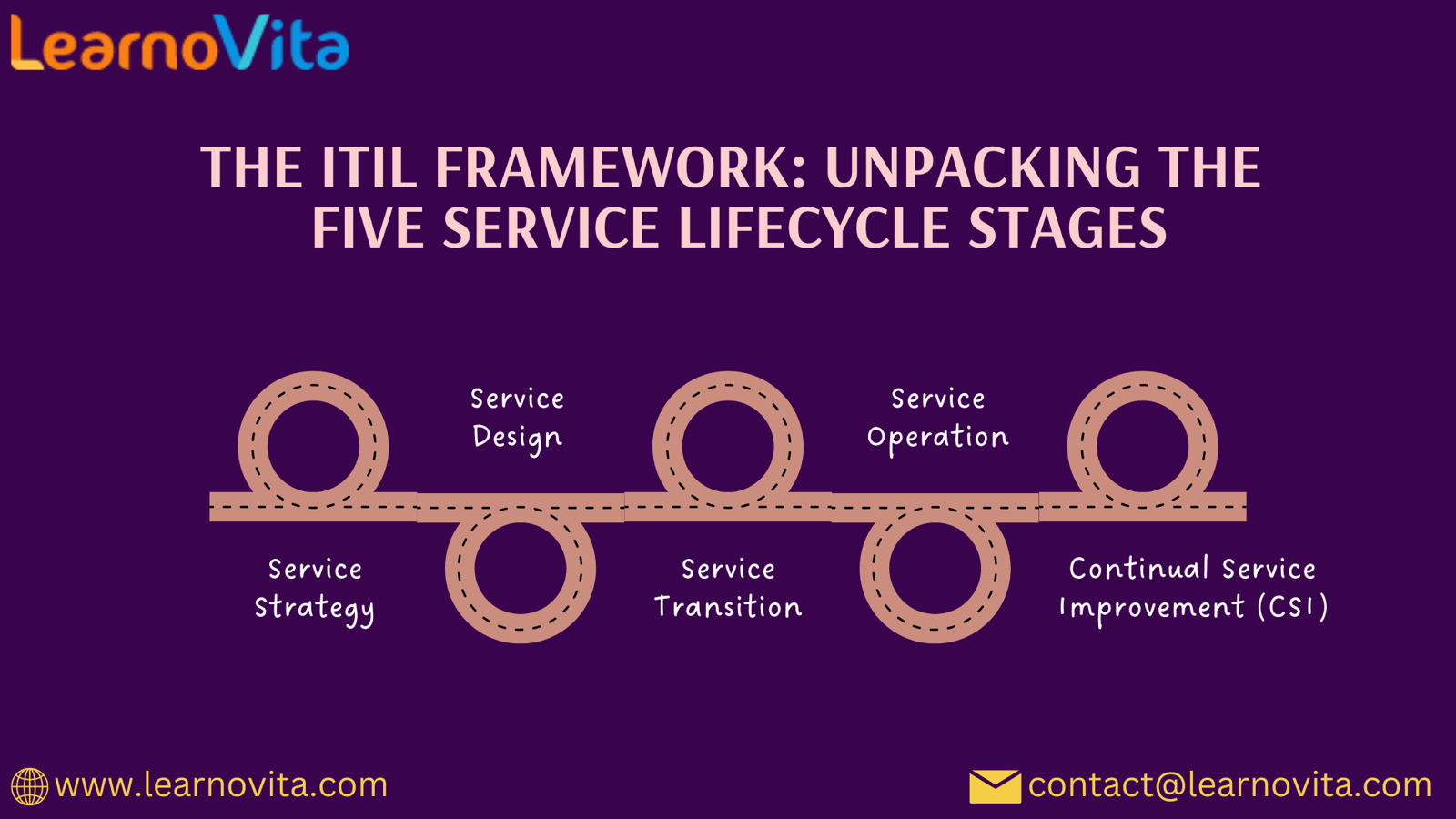A Comprehensive Guide to ITIL and Its Five Service Lifecycle Phases

What is ITIL?
ITIL is a collection of best practices aimed at IT service management (ITSM). It aligns IT services with business objectives and focuses on delivering value to customers. The ITIL framework emphasizes a lifecycle approach, ensuring that services are continuously refined and adapted to meet changing business demands. The five phases of the ITIL service lifecycle are essential for achieving this goal.
The Five Service Lifecycle Phases
1. Service Strategy
The Service Strategy phase forms the foundation of the ITIL framework. In this phase, organizations define their service offerings and identify how to provide value to customers. Key activities include:
- Analyzing market needs and customer expectations.
- Creating service portfolios that align with organizational goals.
- Implementing financial and resource management practices.
By establishing a strong foundation in the Service Strategy phase, organizations can ensure that their IT services are purposeful and strategically aligned.
2. Service Design
Building on the strategy, the Service Design phase focuses on developing detailed service specifications. This phase involves planning and designing new services, as well as modifying existing ones. Key activities include:
- Crafting service solutions that meet customer needs.
- Developing effective service management processes.
- Ensuring adherence to quality standards.
Service Design is crucial for creating services that are not only functional but also efficient and sustainable.
3. Service Transition
The Service Transition phase is where services are planned and implemented. This phase aims to ensure that services are delivered into the live environment with minimal disruption. Key activities include:
- Managing change and release processes effectively.
- Conducting thorough testing and validation of new services.
- Facilitating knowledge transfer and training for support teams.

4. Service Operation
Once services are operational, the Service Operation phase takes precedence. This phase is responsible for delivering and supporting IT services in the production environment. Key activities include:
- Incident management to swiftly resolve issues.
- Problem management to identify and eliminate root causes.
- Request fulfillment to efficiently handle user requests.
Service Operation ensures that IT services are delivered consistently and in accordance with established service level agreements (SLAs).
5. Continual Service Improvement (CSI)
The final phase, Continual Service Improvement (CSI), focuses on the ongoing enhancement of services and processes. This phase involves evaluating service performance and identifying areas for improvement. Key activities include:
- Analyzing service metrics and gathering customer feedback.
- Implementing improvement initiatives based on data insights.
- Documenting lessons learned and integrating them into future cycles.
CSI is crucial for maintaining alignment between services and evolving business needs, ensuring long-term value delivery.
Conclusion
ITIL provides a robust framework for managing IT services through its five service lifecycle phases: Service Strategy, Service Design, Service Transition, Service Operation, and Continual Service Improvement. By embracing ITIL best practices, organizations can enhance service delivery, improve customer satisfaction, and ensure that IT services are aligned with business objectives. Adopting ITIL not only fosters operational efficiency but also positions organizations for success in a competitive digital landscape.

Comments
Post a Comment